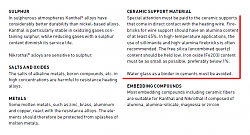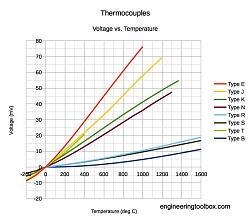This has been a real tough one. Here is part one of my home made electric steel heat treat oven.
I have researched loads of different designs and builds. Here is the one I believe is best suited to guys who have limited equipment and avoids the over engineered models out there. Tell me if you agree/dont agree.



 LinkBack URL
LinkBack URL About LinkBacks
About LinkBacks


 Reply With Quote
Reply With Quote





Bookmarks